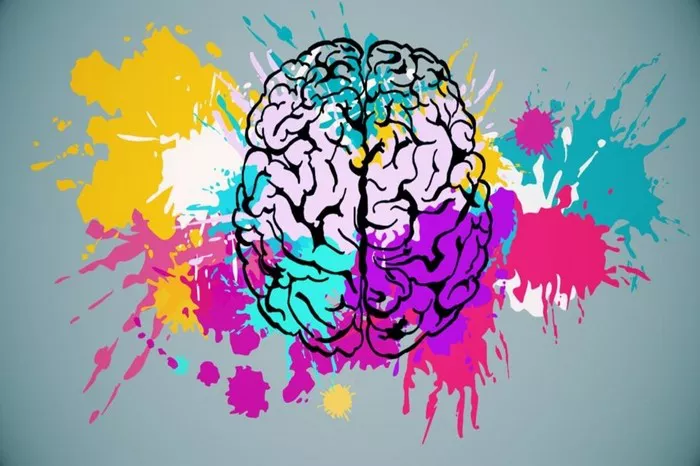FAQs
What are the 10 types of mental disorders?
Anxiety disorders, mood disorders (such as depression and bipolar disorder), schizophrenia spectrum and other psychotic disorders, trauma-related disorders (like PTSD), eating disorders, obsessive-compulsive and related disorders, personality disorders, neurodevelopmental disorders (including ADHD), disruptive, impulse-control, and conduct disorders, and substance-related and addictive disorders.
What are the 20 types of mental disorders?
In addition to the aforementioned, there are somatic symptom and related disorders, feeding and eating disorders, elimination disorders, sleep-wake disorders, sexual dysfunctions, gender dysphoria, paraphilic disorders, other specified and unspecified mental disorders, neurocognitive disorders, dissociative disorders, and adjustment disorders.
What is the hardest mental illness to live with?
There’s no definitive answer as experiences vary greatly. However, conditions like schizophrenia, which can involve distressing symptoms like hallucinations and delusions, and severe forms of mood disorders like treatment-resistant depression, can be particularly challenging due to their chronic nature and impact on daily functioning and relationships.
Related topics:
- Is Pure OCD Curable? Understanding, Treating & Living
- The Nexus of Intelligence and Depression: What You Need to Know
- A Guide to Recovering from Depression


